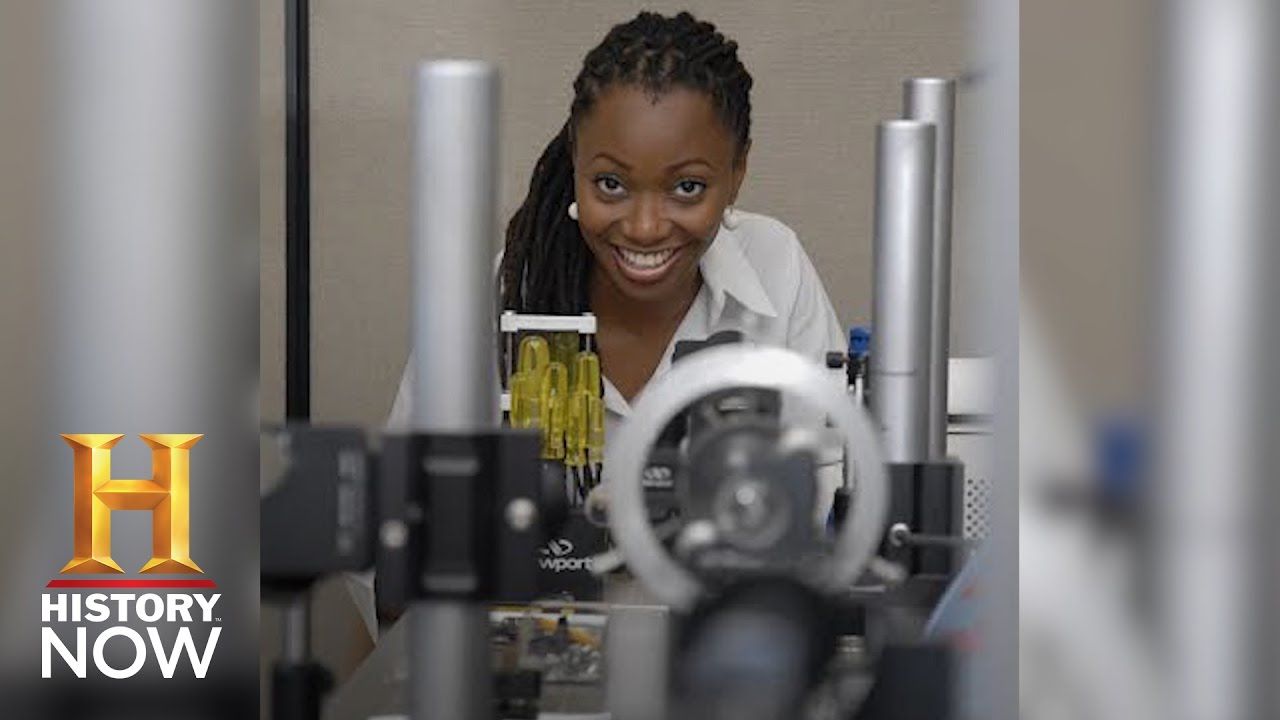Metamaterials are an almost magical class of materials that can do things that seem impossible, but they can only perform one miracle at a time. Now Harvard researchers have come up with a toolkit for constructing metamaterials that flow from one shape and function into another, like origami.
Metamaterials have been around since the 1940s, but only in recent years has their development taken off. Unlike conventional substances, metamaterials have functions and properties that are independent of what they’re made of. Instead, their repetitive microstructures allow them to do the seemingly impossible – think flat lenses that act like they’re curved, structures that shrink instead of expanding when heated, and even invisibility cloaks.
The problem is that the substructures that metamaterials rely on are very specific, so each metamaterial can only do one thing at a time. Last year, Harvard researchers demonstrated a way to overcome this limitation with reconfigurable metamaterials made of thin polymer sheets. Now a team from the Harvard John A. Paulson School of Engineering and Applied Sciences (SEAS) and the Wyss Institute of Biologically Inspired Engineering at Harvard University have developed a more general framework to help engineers to create metamaterials that can change shape and function.









